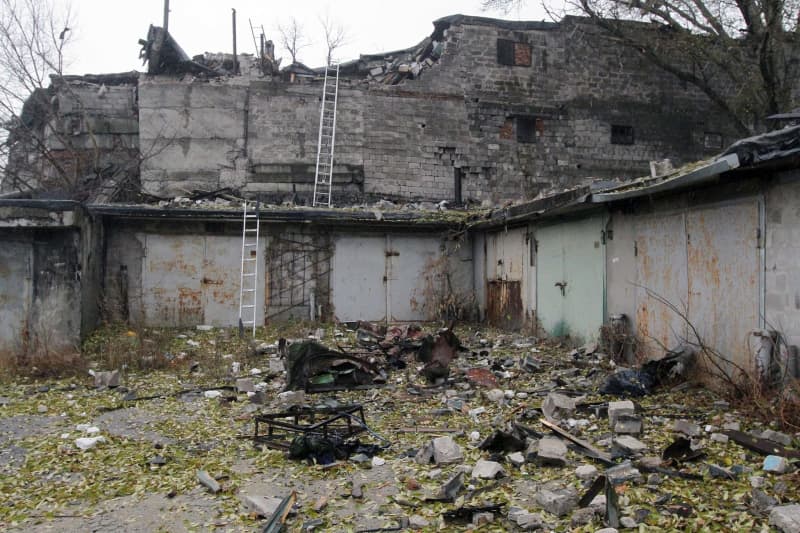The Russian military recently announced the successful testing of a new medium-range missile system called Oreshnik, which is capable of targeting locations across Europe. According to General Sergei Karakayev, head of Russia’s strategic missile forces, this missile distinguishes itself from other long-range high-precision weapons due to its extensive range. The missile can be equipped with both conventional and nuclear warheads, making it a versatile addition to the Kremlin’s arsenal. Karakayev emphasized that the missile’s design allows it to evade anti-aircraft defences, thereby increasing its effectiveness in potential combat scenarios.
During a meeting with President Vladimir Putin, the implications of this new missile technology were made clear, with Karakayev noting its significance in Russia’s ongoing military capabilities. Putin has expressed strong support for the mass production of the Oreshnik missile, highlighting its strategic importance amid increasing tensions with Western nations. The launch of this missile was positioned not only as a demonstration of military prowess but also as a significant warning to Western countries regarding the repercussions of their actions in relation to Russia.
The launch of the experimental ballistic missile towards the Ukrainian city of Dnipro has raised alarms internationally. The Kremlin clarified that this act should be viewed as a message to the West, suggesting a warning regarding further military or political interventions. This demonstration appears to signal a shift in the dynamics of the conflict, with Russia’s enhanced missile capabilities providing it with a greater degree of leverage and asserting its influence in the region.
As geopolitical tensions escalate, Russia’s advancements in missile technology coincide with strategic considerations for military leaders on both sides. The announcement and demonstration of the Oreshnik missile contribute to an increasingly volatile landscape, where military capabilities and threats are used as tools of diplomacy. The integration of nuclear and conventional warheads reflects a dual strategy that could complicate responses from NATO and other Western alliances.
The emphasis on the missile’s ability to bypass anti-aircraft systems further illustrates the ongoing arms race and the challenges faced by adversaries in countering modern military technologies. With Karakayev’s assertions that the Oreshnik can strike targets throughout Europe, the potential for broader conflicts and confrontations becomes more pronounced. This capability challenges existing defense structures and presents new dilemmas for European nations regarding national security and military preparedness.
Overall, the introduction of the Oreshnik missile system represents a significant development in the military landscape of Europe and underscores the ongoing hostility between Russia and Western countries. As the situation develops, it will be crucial for NATO and European nations to reassess their military strategies and defensive measures in light of these new threats. With Russia positioning its missile capabilities as a countermeasure to perceived Western aggression, the potential for miscalculations and conflicts only grows within the current climate of distrust and insecurity.

